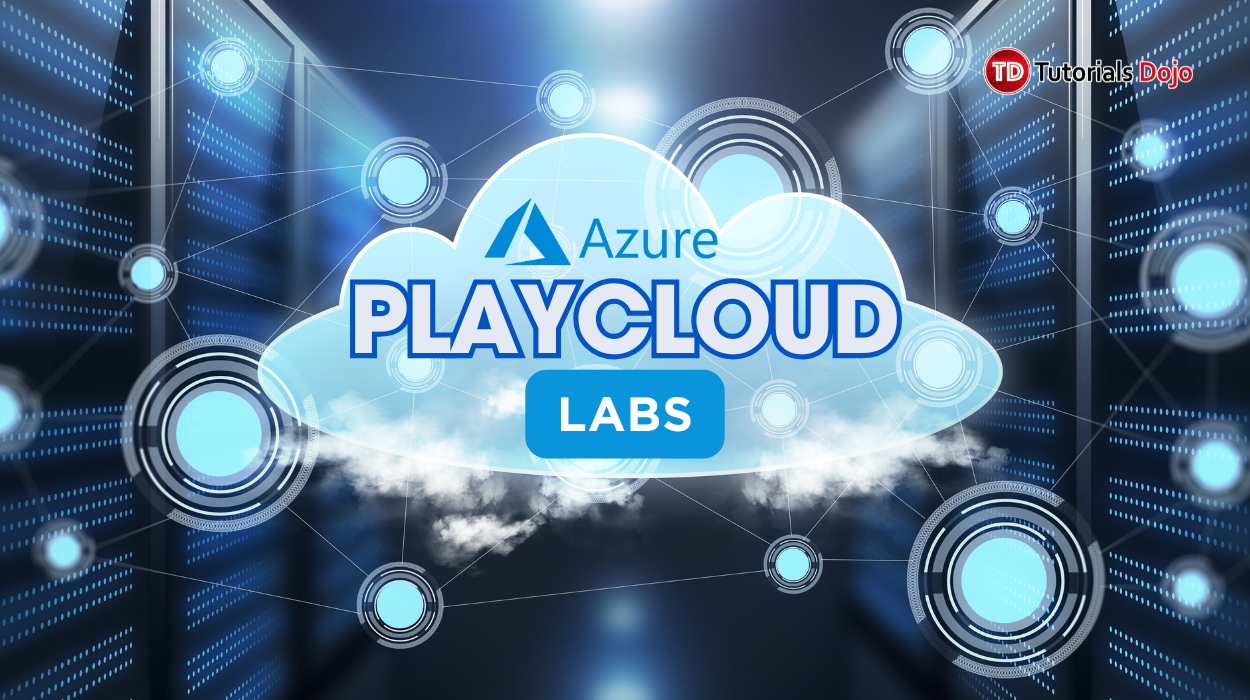Microsoft Purview Cheat Sheet
- Unified data governance platform that enables organizations to manage data across on-premises, multi-cloud, and SaaS environments.
- It facilitates the discovery, classification, cataloging, and governance of the enterprise.
- Integrates with Azure, Microsoft 365, Power BI, and other platforms.
Core Capabilities
- Data Discovery & Classification
- Automatically scans and classifies data using built-in and custom classifiers.
- Supports sensitive data types like PII, financial records, and health information.
- Data Catalog
- Centralized metadata repository.
- Enables search and exploration of data assets with lineage and glossary support.
- Data Map
- Automatically builds a map of data assets across hybrid environments.
- Continuously updates via scanning and ingestion.
- Data Lineage
- Visualizes end-to-end data movement and transformation.
- Tracks data flow across services like Azure Data Factory, Synapse, Power BI.
- Glossary
- Business-friendly terms linked to technical metadata.
- Promotes consistent understanding across teams.
Governance & Compliance
- Access Control
- Role-based access (RBAC) for managing who can view, edit, or manage assets.
- Integration with Microsoft Entra ID (formerly Azure AD).
- Policy Management
- Define and enforce data access policies across services.
- Supports column-level security and data masking.
- Insights & Reporting
- Dashboards for data classification, scan status, and policy compliance.
- Helps identify governance gaps and data risks.
Azure Service Integrations
| Azure Service | Integration Roles |
| Azure Data Factory | Dataset scans & lineage tracking |
| Azure Synapse | SQL pool scanning & lineage visualization |
| Azure SQL Database | Metadata scanning and classification |
| Azure Blob Storage | Scanning of structured/unstructured data |
| Azure Data Lake Gen2 |
Deep metadata scanning & classification |
| Fabric (includes Power BI) | Metadata and lineage integration |
| Microsoft 365 | Scans content from SharePoint, Exchange, OneDrive |
Key Tools & Interfaces
- Purview Studio
- Web-based interface for managing catalogs, scans, glossary, and lineage.
- REST APIs
- Automate asset management, trigger scans, and ingest metadata programmatically.
- Azure Portal
- Used for provisioning Purview resources and assigning roles.
Setup & Best Practices
- Start with Data Map creation and connect sources.
- Use scans to populate the catalog and classify data.
- Define glossary terms early to align business and technical teams.
- Monitor lineage to understand data dependencies.
- Apply RBAC and policies to secure sensitive data.
Pricing
- Per-User Licensing
- Applies to Microsoft 365 and Windows/macOS endpoints.
- Included in Microsoft 365 E5/A5/F5/G5 licenses.
- Pay-As-You-Go (PAYG)
- Azure-based consumption model.
- Required for non-Microsoft 365 sources and advanced governance/security features.
- Charges accrue based on the usage of specific features and data volumes.
Data Governance
- Unified Catalog
- Billed per governed asset per day.
- Governed assets = assets linked to governance concepts (e.g., data products).
- Data Health Management
- Billed via Data Governance Processing Units (DGPU).
- DGPU = 60 minutes of compute time.
- Performance tiers: Basic, Standard, Advanced.
Data Security
- At-Rest Protection: Per asset/day.
- In-Transit Protection: $0.50 per 10K requests.
- Insider Risk Management: $25 per 10K events.
- Data Security Investigations: $5/GB stored + SCU usage.
- On-Demand Classification: $20 per 10K assets.
Key Concepts
- DGPU (Data Governance Processing Unit): Used for data quality and health jobs.
- SCU (Security Compute Unit): Used for AI-powered investigations and analysis.
- Governed Asset: A technical asset (e.g., table, file) linked to a governance concept.
- Text Record: Up to 1,000 characters; used in AI compliance billing.
Microsoft Purview Cheat Sheet Resources:
https://learn.microsoft.com/en-us/purview/purview
https://azure.microsoft.com/en-us/pricing/details/purview/
https://azure.microsoft.com/en-us/pricing/details/cognitive-services/content-safety/
https://learn.microsoft.com/en-us/purview/developer/data-security-concepts















